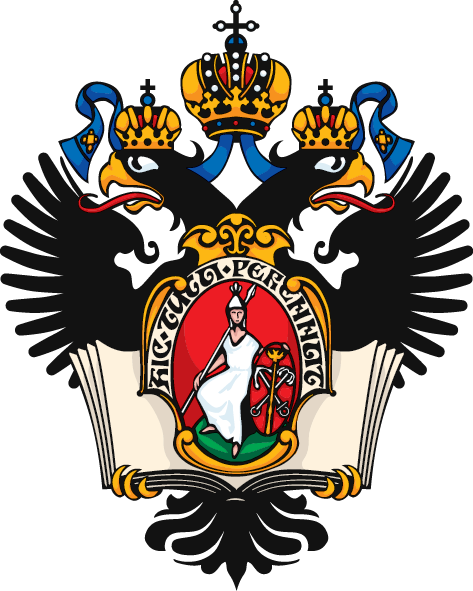Rogacheva, O. N.; Izmailov, S. A.; Slipchenko, L. V.; Skrynnikov, N. R. Non-Native Disulfide Bridges in Protein-Peptide Complex and in Protein Homodimers Trigger Unfolding and Aggregation. The FEBS Journal 2017, 284 (Suppl. 1), 311.
DOI: 10.1111/febs.14174.
Regular hydrogen bonds involving lysine side-chain NH3+ group and various uncharged acceptors as well as salt bridges between lysine and negatively charged residues are well documented in the literature. Unexpectedly, screening of Protein Data Bank (PDB) also reveals another type of interaction between lysine side chain and polar carbonyl group. This interaction is characterized by linear atom arrangement, where carbonyl oxygen is positioned on the three-fold symmetry axis of the NH3+ group. Automated analysis of all high-quality crystallographic structures in the PDB (resolution 1.5 Å or better) produced more than 10,000 examples of this interaction. We termed it linear lysine-carbonyl interaction and modeled its properties in gas phase and in aqueous environment typical of protein surface sites. wB97x-d/cc-pVQZ quantum chemical computations using polarizable continuum solvent model have been performed to scan potential energy in the model system methylammonium – N-acetamide along the selected coordinates (Nζ-O distance and Cε-Nζ-O angle). At 2.7 Å and 180° we have found a saddle point with the depth of 2 kcal/mol. This saddle point is transformed into a global minimum when NH3+ group is hydrogen bonded on all three of its protons; analysis of PDB indicates that this is indeed the case in most protein structures. Linear lysine-carbonyl interaction is almost entirely electrostatic in nature, as confirmed by the energy decomposition analysis; at the same time it gives rise to potentially measurable J-coupling, which opens a path for its direct observation by NMR. Analysis of linear lysine-carbonyl interactions in the PDB indicates that carbonyl frequently occurs in turns and coils and relatively infrequently in b-sheet. In a number of cases we have found that linear lysine-carbonyl interaction caps the C-terminal end of a-helices, providing an alternative to hydrogen bond at the respective carbonyl site.
Tags: Izmailov, Rogacheva, Skrynnikov
